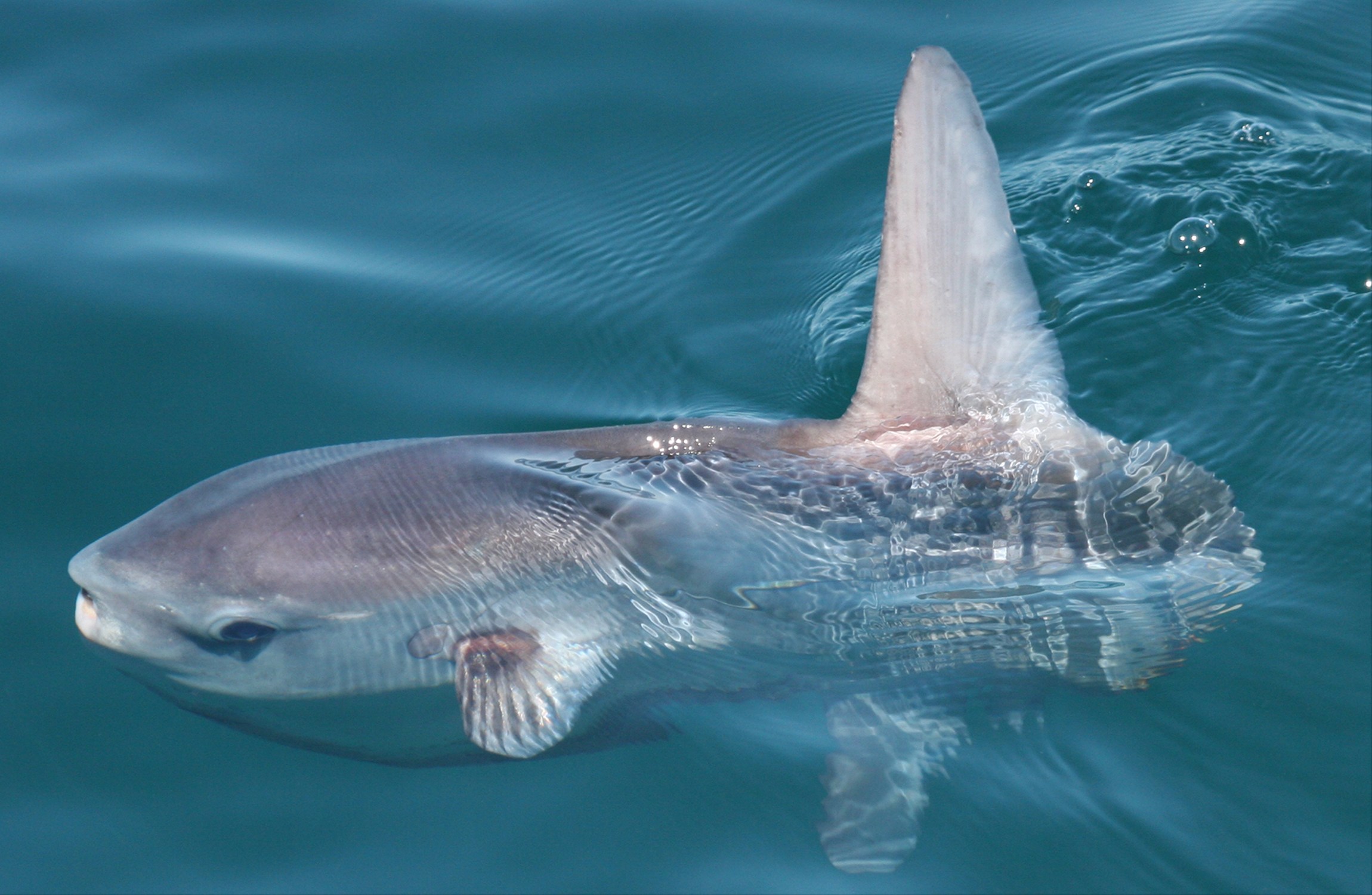Lyme Bay Pelagic

Tour Leader
February 2024
2023 marked the 15th year of Naturetrek pelagics departing from Brixham in search of cetaceans and seabirds, and it was arguably the best year yet for memorable wildlife encounters. The marine environment off the south-west coast of England is changing rapidly in light of climate change-related sea temperature rises, and the positive aspects of this in terms of new and exciting wildlife encounters were readily apparent on the boat trips.
Our lengthy day trips on the Spot On II, expertly skippered by Ross Parham, typically involve travelling eastwards out into the middle of Lyme Bay past Berry Head, then changing course south-westwards towards Start Point and finally back northwards towards port, tracking the beautiful South Hams coastline of south Devon.
Soon after leaving Brixham, we are around Berry Head which acts as a magnet for marine wildlife, with large concentrations of globally and critically endangered Balearic Shearwaters often present and thousands of Kittiwakes, which in turn attract regular scavenging Great, Pomarine and Arctic Skuas, with the occasional Long-tailed Skua to boot. These waters are home to feeding Harbour Porpoises and Common Dolphins, which are seen pretty much every trip, the latter in quantity, regularly giving spectacular views as they leap out of the water or come to swim alongside the boat riding the bow wave.
We venture further out into the middle of Lyme Bay in search of White-beaked Dolphins which have sadly declined in recent years, probably due to warming sea temperatures and the depletion of white fish stocks caused by overfishing. However, they continue to be seen and there were several sightings last year in their usual favoured feeding spots and closer inshore off Berry Head. There are plenty of other noteworthy species to look out for, though. Amongst the rafts of Guillemots and Manx Shearwaters, we may encounter Puffin, Razorbill, Sooty Shearwater and more Balearic Shearwaters. We are likely to see a range of terns including a chance of Black and Arctic, whilst Storm-petrels may be feeding in and around trawlers or plankton blooms. These waters have yielded some fabulous wildlife encounters with larger marine animals over the years, including several Minke Whales, breaching Thresher Shark, Basking Shark and Ocean Sunfish.

Thresher Shark © Tom Brereton

Balearic & Manx Shearwaters © Tom Brereton

Common Dolphin © Tom Brereton

White-beaked Dolphins © Tom Brereton
The return to Brixham last year yielded sightings of a large pod of Risso’s Dolphins which gave stunning views, numerous groups of Common Dolphins and many of the seabird species already described, plus Caspian and Yellow-legged Gulls. One further highlight was a migrating Nathusius' pipistrelle seen well from the boat, illustrating that almost anything can turn up.
One bonus from these trips is that seabird- and cetacean-sighting data is collected for the charity Marinelife, which feeds directly into conservation efforts of the local environment, so by going on them you are helping to protect the animals you see.
These trips proved unmissable in 2023 and we await with great excitement the trips in 2024. Click here for upcoming dates and more information.




 Loading search...
Loading search...